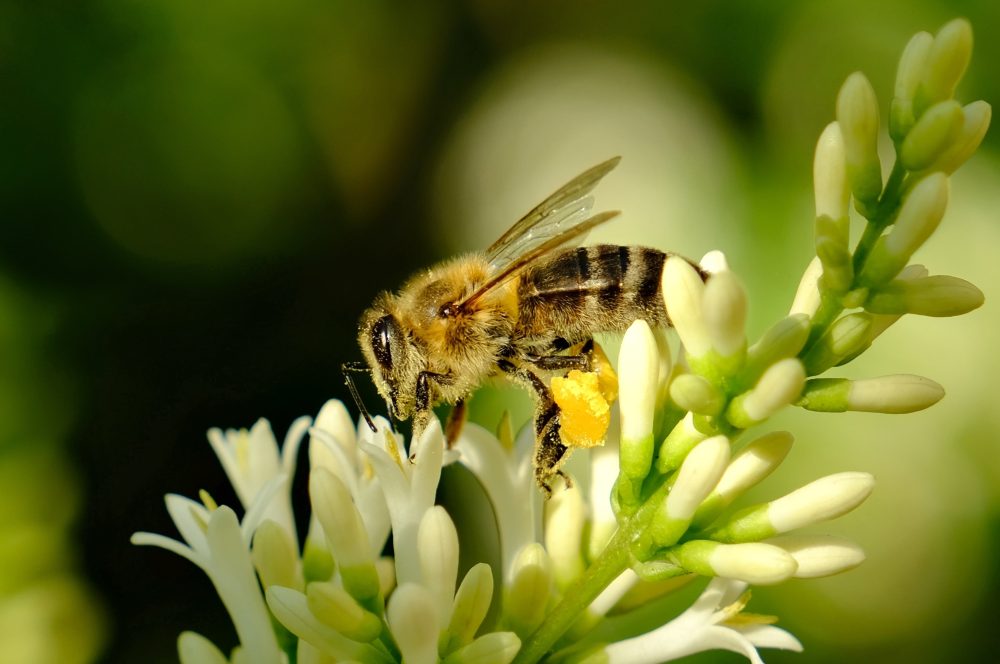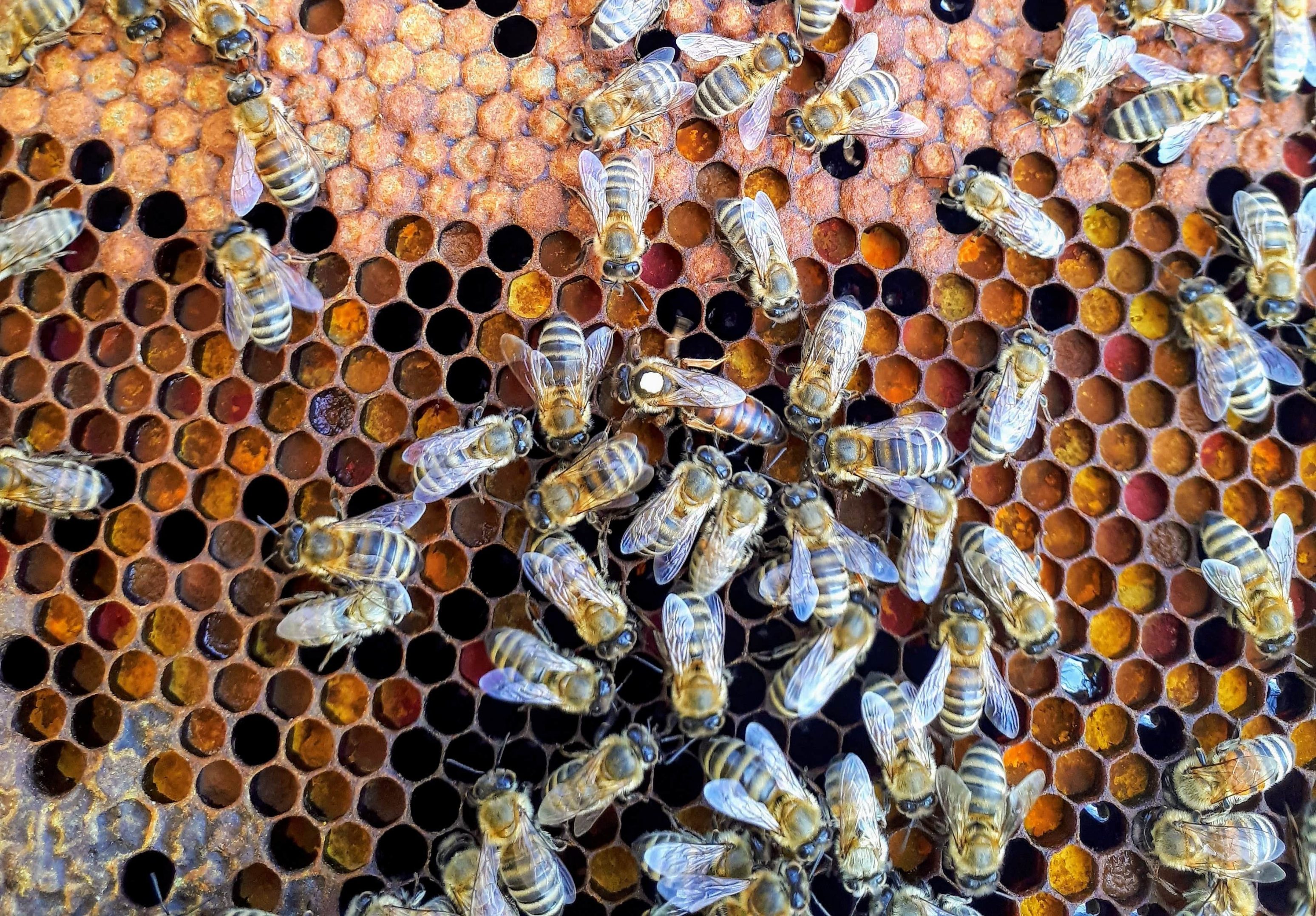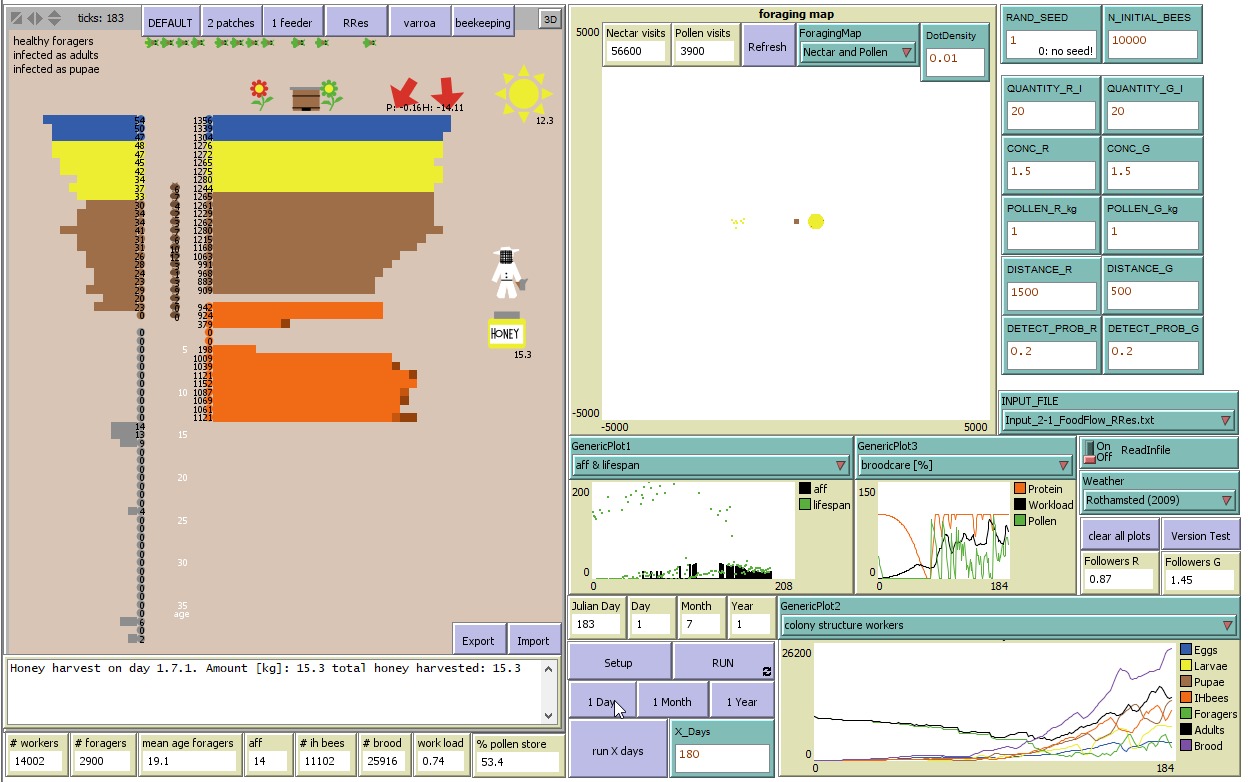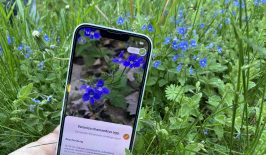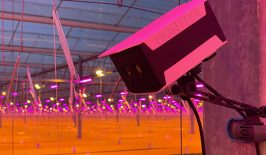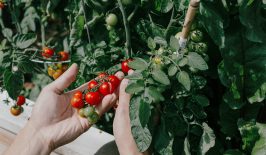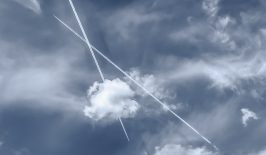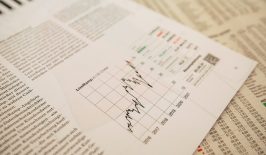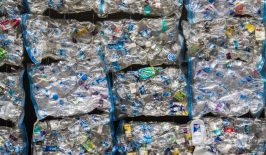Around 80 percent of all plant species are dependent on cross-pollination by insects (German Federal Environment Agency, 2023). Most famously, these include the European honey bee (Apis mellifera). However, due to human influence, the number of pollinating insects is declining worldwide. Widespread use of pesticides, lack of foragable plants and the loss of habitats due to monocultivation are just some of the causes of the decline.
What happens when insect mortality exceeds a critical point can be observed in the Chinese region of Sichuan. There, the native pollinating insects have declined to such an extent due to heavy pesticide use and unfavourable fruit varieties that the fruit trees have to be pollinated by hand by humans at great expense. In addition, other animals lack insects as a food source, which has far-reaching consequences for the entire ecosystem network.
To prevent similar scenes from occurring, measures to protect insects are vital. One project that aims to provide such a measure is BEEHAVE. Their simulation model can be used to analyse the effects of different stress factors on honey bees, either individually or in combination with the development of a bee colony. Recommendations can then be derived for protective measures.
What factors does BEEHAVE analyse?
A successful honey bee colony is influenced by numerous factors. Of great importance are the interactions with other living organisms and the wider environment. BEEHAVE scientists are trying to identify the most important factors to look out for in order to integrate them into the model.
The model calculates the hives’ population dynamics: the number of eggs, larvae, pupae and adult bees of both sexes based on the egg rate, development and mortality. Currently, these simulations are only possible for individual honey bee colonies. However, future modelling projects aim to take into account a large number of bee and bumblebee colonies of different species.
Within the hive, population dynamics are influenced, for example, by the parameter of brood care. The larvae must be sufficiently incubated and supplied with protein-rich royal jelly by special nurse bees. If the model recognises a lack of nurse bees or suitable pollen for the larval food, this negatively impacts the population dynamics of the bee colony.
The parasitic varroa mite (Varroa destructor) has been a growing problem for honey bees in recent years. It multiplies in the brood cells and transmits harmful viruses to the bees. The model also takes into account the higher mortality rate of infected bees, which can lead to the disappearance of a colony.
Outside the hive, the model focuses on the availability of food in the surrounding areas, among other things. Each food source can provide a certain amount of nectar and pollen, which depends on its size, shape and season. The distance to the hive also affects the probability of being found by scout bees.
Foraging itself is also an important parameter in the model. Depending on weather conditions, worker bees explore their surroundings in search of nectar and pollen. Their behaviour is based on the needs of the colony, their knowledge of food sources and the efficiency of foraging.
By collecting all these parameters, beekeepers receive a detailed picture of the condition and future of their bee colonies. At the same time, the model can be trained by a virtual beekeeper, who can treat the colony against varroa mites, harvest honey, feed the colony and allow or prevent it from swarming.
High pollinator and plant biodiversity: the key to the future?
The BEEHAVE project can contribute to the conservation of state-forming pollinator insects such as the honey bee. In cooperation with farmers, they could use the simulation model to better understand the way honey bees live in their fields and develop a sense of how to protect them. The needs of the bees derived from the model could then be taken into account in management planning and thus have a positive influence on pollination performance.
Nevertheless, focusing only on this group of insects would not be sustainable. A high diversity of insects on cultivated land is the key to agriculture that is as close to nature as possible and minimises the use of pesticides. This is because a balanced ecosystem is often more robust and can largely regulate itself. Diseases and pests then have less chance of spreading.
“Wild insects have a positive effect on fruit set in all cultivation systems. A larger number of honey bees only achieves this effect in 14 per cent of the crops studied,” explains Alexandra-Maria Klein from the Institute of Ecology at the University of Lüneburg. It has been shown that 100 honey bees plus 50 wild bees can pollinate a field more effectively than 150 honey bees. With the same number of flower visits, the wild insects achieve twice as much fruit set as honey bees.
However, this must also be accompanied by a change from conventional monocultivation to more ecological cultivation methods such as permacultivation with rich plant diversity – in other words, a far-reaching transformation of the agricultural sector. A sufficiently wide flowering strip with suitable plant species at the edge of a field could at least be a start. After all, a high level of insect biodiversity requires a variety of food sources and harbourages. The following also applies to honey bees: “Biodiversity is very important. Honey bees cannot survive in monocultures – neither in the model nor in reality,” reports Dr Matthias Becher from BEEHAVE.
If organic farming concepts are used in combination with digital solutions such as BEEHAVE to conserve pollinator insects, both agriculture and nature conservation could benefit. In the long term, we would be better protected against scenarios involving artificial pollination, such as in China, and would have to implement fewer conservation projects initiated specifically to preserve insect biodiversity – agriculture and nature conservation would then go hand in hand.
